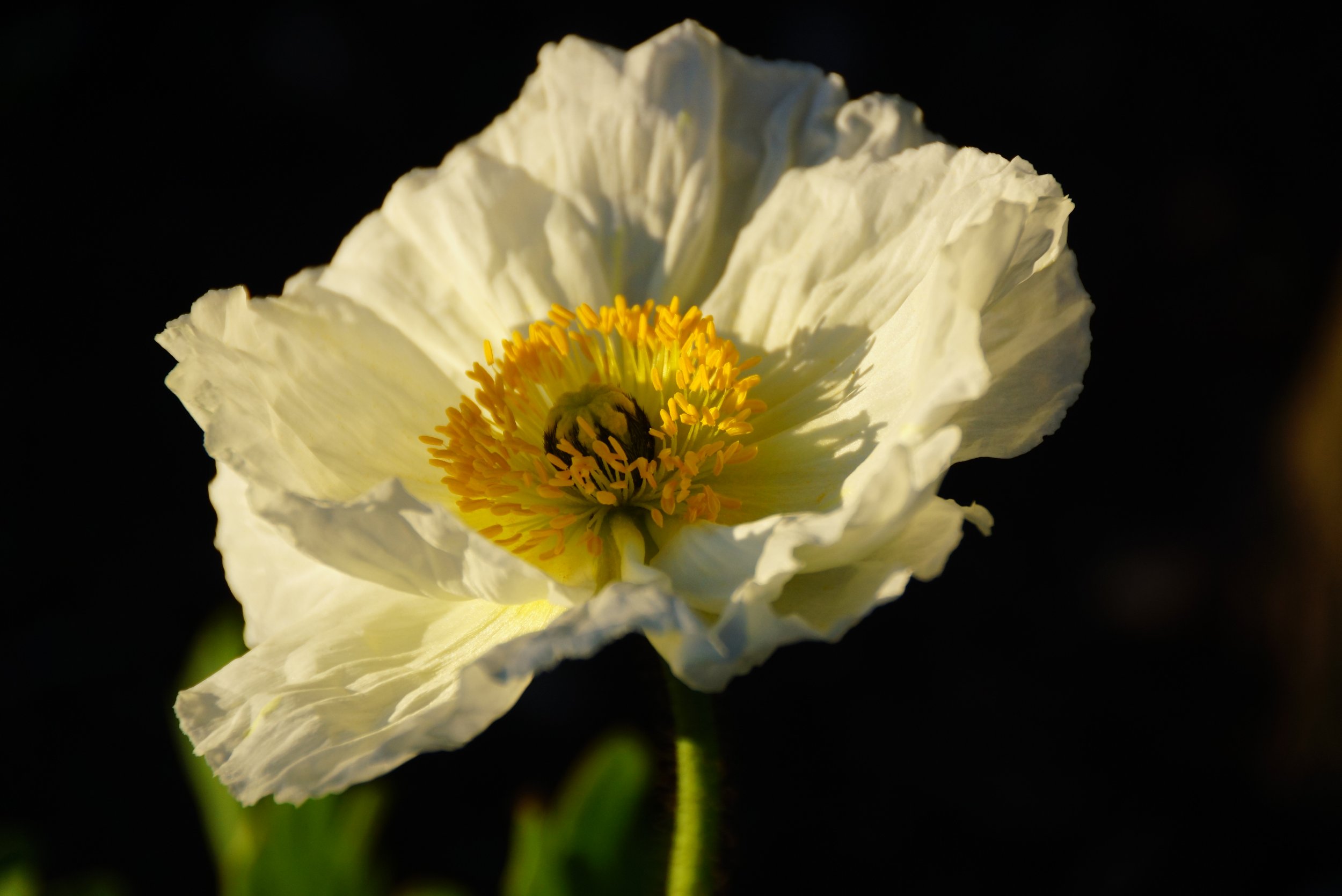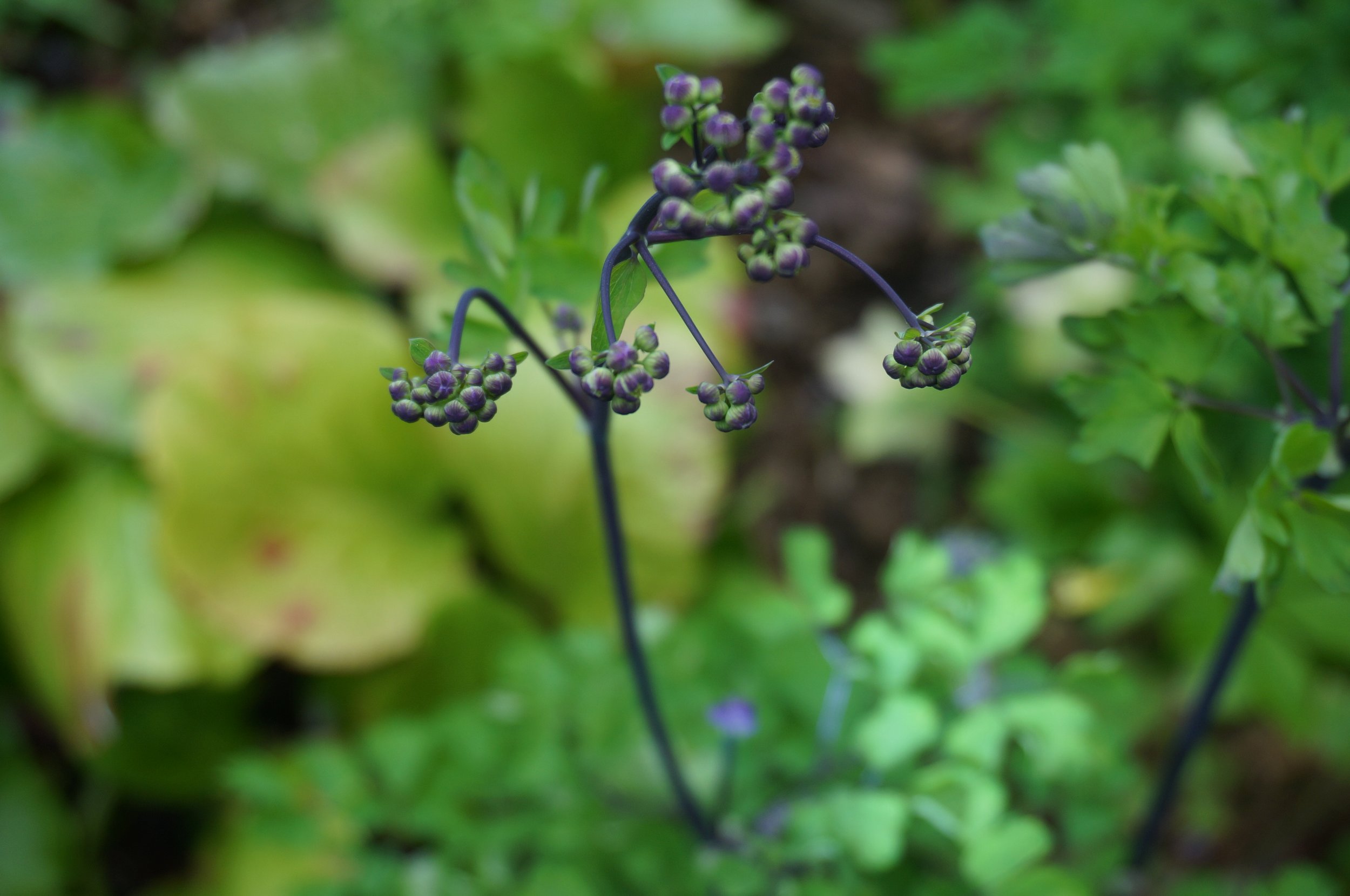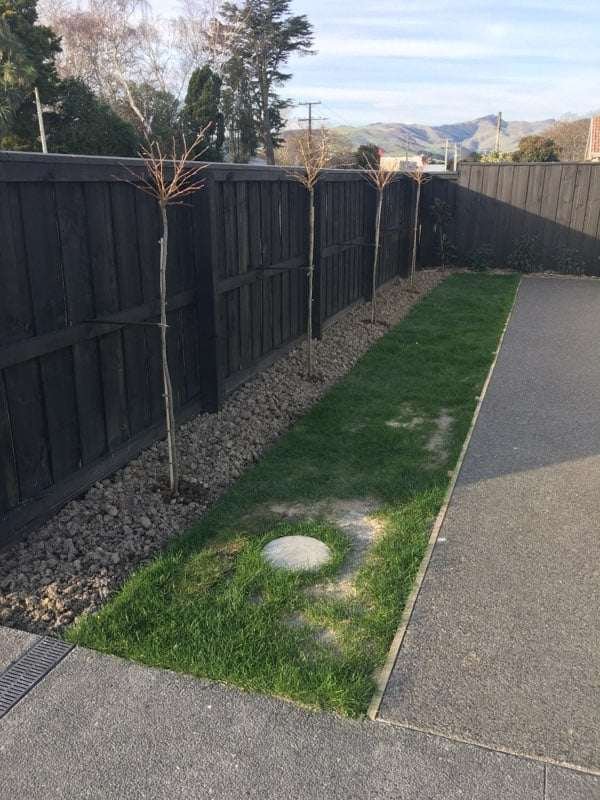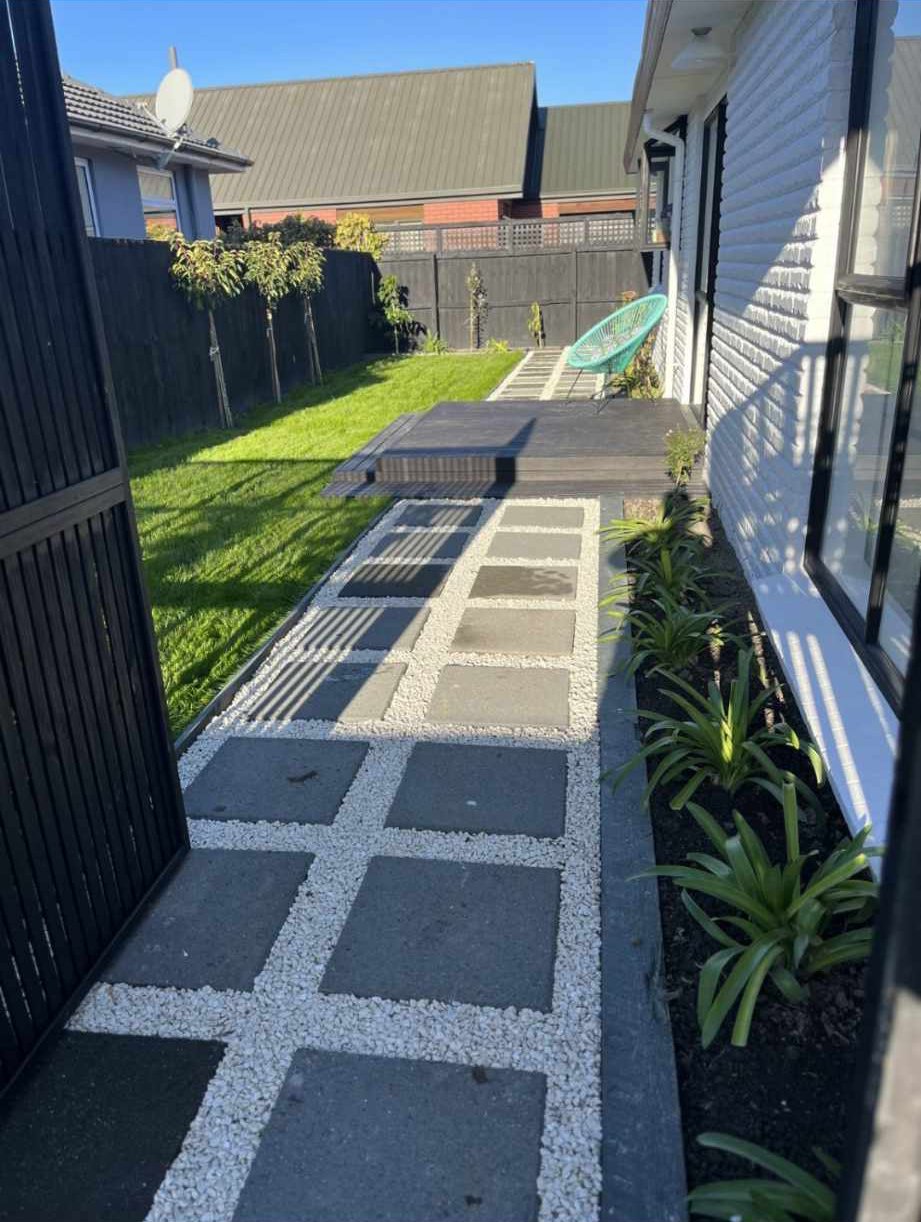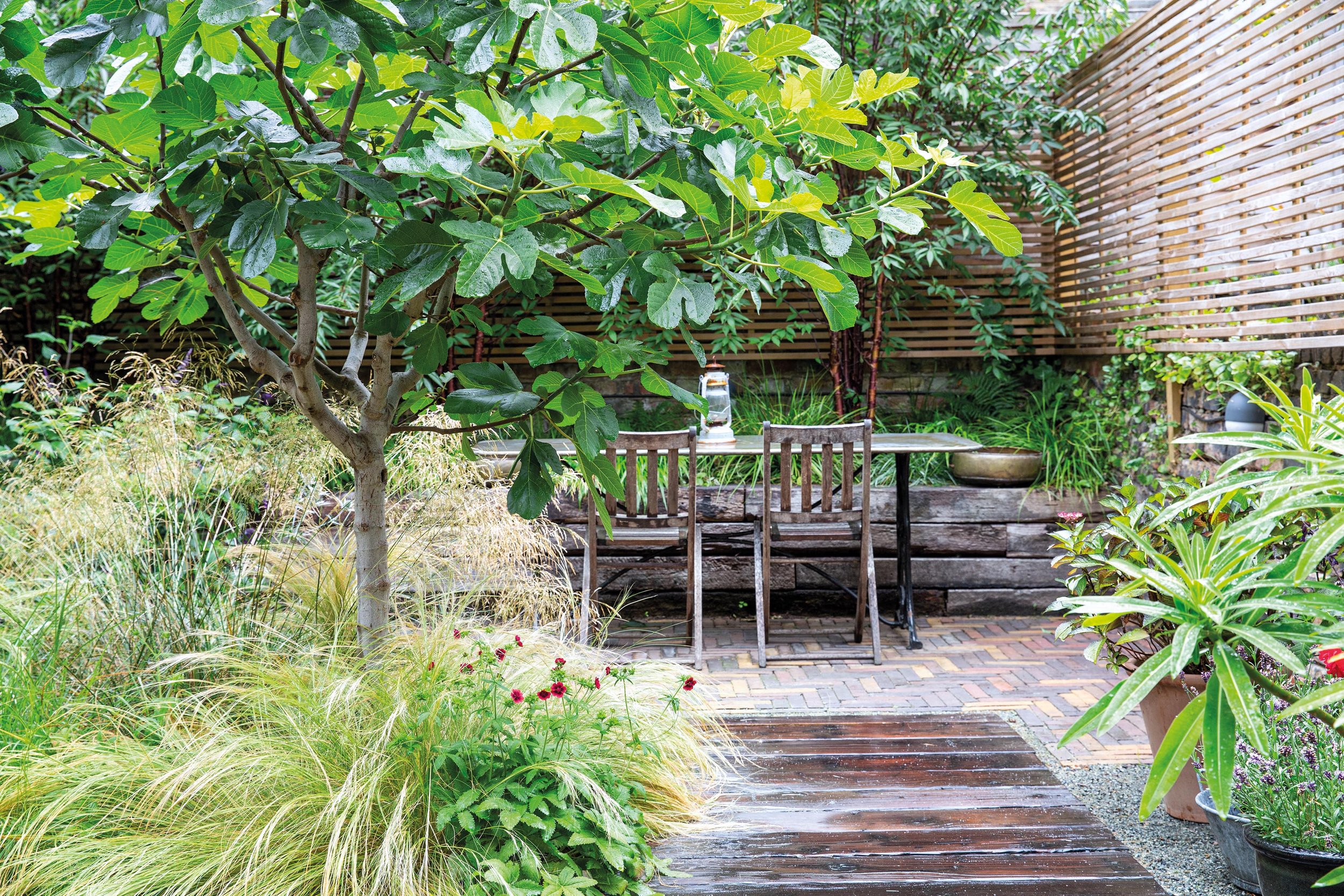ONE BEAUTIFUL TREE
Our oh-so-beautiful, oh-so-fickle spring is here, arriving on wafts of blossom, and doing her North Canterbury trick of leaping from gloomy winter to a 21 C degree nor ’wester in the space of a day. Suddenly I find myself scrabbling around in the wardrobe for a t-shirt and shorts, and getting reacquainted with some very white arms and legs, to no one’s delight. Every outside surface is coated in pollen and suddenly all those jobs I thought I had months to finish before spring need to be done now.
How wonderful to see the green replacing the brown, after staring at a sea of mulch all winter. From the house, we have been seeing the trees as a formless mass of grey twigs for four months. But in spring the trees reappear, one by one as from a grey mist, as each one puts on its green dress or delicate white blossom, each tree assuming its own individual shapes once again.
Hawera plum blossom
At this time of year when I am yearning for green and life to return to the garden, certain plants leap ahead of the season, striding into spring with vigour. The early risers are not just the expected daffodils and hellebores, but a whole range of plants that seem to be way ahead of the game. I really appreciate their spring verdancy and generosity.
The bearded irises are all up and growing strongly, their green points are so perfect and vigorous I almost don’t need their beautiful flowers, so welcome are the leaves.
Irises
Thalictrum is another early riser which is already racing up to flower. The thalictrum, like the iris, is stunning in bud. Thalictrum delavyi reaches 6 feet and is one of the few plants I do stake. We will surely get a nor ‘west wind when the plant is at its tallest, and without support I will end up with a ridiculous leaning tower of thalictrum.
Above and below: Thalictrum in bud and in flower.
Stachys byzantina (lamb’s ears) is another plant that all of a sudden has leaped out of the ground into full leaf, and the Cerinthe major has been holding the fort solo for a month. It is at its absolute peak right now, with fresh blue foliage and those stunning purple/blue/red flowers are so well suited for a bouquet - the colours work with everything.
Pulsatilla, another early riser, looks like a plant that should be tucked up in the damp and shade with the omphalodes and pulmonaria (lungwort). But luckily for Canterbury gardeners, Pulsatilla vulgaris thrives in sunny lean soil (planted next to a rock if possible). Every inch of this darling plant is covered in fine hairs which catch the frost and spring dew. I let it self-seed amongst the late season summer dry plants. These plants are slow to emerge in spring, and the pulsatilla carries the garden through along with the irises and globe artichokes until the summer stalwarts such as salvia and dahlia wake up. Pulsatilla’s are hard workers, emerging early, flowering for a long time followed by stunning seed heads, and staying green all summer through the heat.
I so appreciate all these early risers generously covering the ground in fresh greens, while the slow starters such as Alchemilla mollis (lady’s mantle), hardy geraniums and hakonechloa grasses are still snoozing under the soil.
And the trees, the trees, how beautiful they are, all budded up and just revealing that wonderful chartreuse green, which of all colours says spring!
As lovely as the daffodils, anemones and fresh points of iris are, it is the trees that draw my eye. The returning canopy, which I miss so much in winter, puts on its beautiful green cloak and once again I feel protected, enclosed and held.
But trees are mysteriously missing from many of our gardens.
There are narrow beds of miniature flaxes and pittosporum ‘golf balls’ by the thousands, but where are the trees? We think of ourselves as a nature-loving nation, walking into a forest or native bush but we don’t seem to welcome trees into our own spaces.
We are all aware of studies* showing that trees reduce anxiety, hostility, fatigue, confusion, and depression. They improve our immune system and lower our blood pressure and stress levels. In cities, they reduce crime, improve air quality, filter out particulates, and keep the cities cool. There are a million reasons to plant a tree, but as our properties have grown smaller, and our lives have become busier, we have hung onto our lawns, but let the trees go. Somehow the idea has taken hold that a big tree will make a small garden look smaller, that trees take up too much room, they clog up our gutters, and destroy our drains. So we plant rows of flaxes, and visit trees in our parks.
*If interested, read studies here, here and here.
Trussed up, topiaried beyond recognition and hard against a fence - a common site in New Zealand subdivision properties.
And if there are trees - they are squashed against our fences, trussed up like captives, topiaried to within an inch of their poor lives. Garden centres, responding to our smaller properties, offer us trees which have becomes almost stylised versions of themselves - dense topiary balls on a six-foot stick! Portuguese laurels, topiary liquidambar, robinia mop top, trees that no longer carry out the function of a tree. They can’t offer proper shade and being top heavy, they often need perpetual staking. These are trees in name only, they can never develop a natural shape, and these dense blobs give little sense of shelter and lack natural grace. Also they are expensive!
Faced with a small section, where every inch of land counts, the natural reaction is to keep the gardens narrow and push everything out to the edges. This seems logical: for a small space, put in small plants. Make the trees smaller, and put them up on tall 6 or even 8 foot trunks so that they are above the fences.
Unfortunate planting and treatment of trees in an NZ garden.
But only a quick glance at well-designed smaller garden spaces shows us that the opposite is true. These designs very often feature naturally shaped trees standing away from fences, and close to doors and seating areas, surrounded by generous planting. Such use of small but beautiful trees give an instant sense of coolness, enclosure, calm and establishment.
An Adolfo Harrison garden - Photography by Richard Bloom.
Above and below: An Ula Maria garden - Photography by Rachel Warne
But our narrow beds marching around the perimeters draw attention to the fences, as do those ugly tall trunks, accentuated by all the stakes holding them up. And the pittosporum, griselinia and laurel hedges that we plant instead of trees quickly over grow their space, become dark, heavy and looming, plus requiring constant trimming.
Trees pushed to the perimeter and overstaked in a narrowed bed in NZ.
When we push our narrow beds out to the perimeters of the garden, in an attempt to create space, we can see and understand the whole garden at a glance. There is nothing to discover, no reason to step off the patio. Nothing is hidden, there is no journey and no destination. But when you bring a tree out into the garden, or up near the house, surrounded by a deep garden bed, you add an instant sense of journey. I must walk around this tree to see what is on the other side!
And if you plant a multi-stemmed or spreading tree, you add that lovely sense of having to duck, even if you don’t actually have to bend. You will want to reach up and touch the trunk, and swing around the tree. The tree, and thus the garden, becomes something you experience, rather than something to glance at and then forget.
Garden by Martha Krempel Garden Design
Garden by Charlotte Rowe - Photography by Marianne Majerus
“Be brave, bring the trees away from the fences, let them stretch out their arms and shelter you and your family. Don’t banish them to the very edges of your property, squashed into the smallest space possible.”
Andy Sturgeon’s own garden
So when friends with newly built houses and empty sections ask for garden advice, I always say, “Plant a tree! Make it two!”
And be brave, bring the trees away from the fences, let them stretch out their arms and shelter you and your family. Don’t banish them to the very edges of your property, squashed into the smallest space possible. You can keep your easterly morning sun, and northwest evening sun, but consider that you might love to have a deciduous tree on the north of your garden, to shade you and the house in the hottest part of the day in our increasingly hot summers. And you can certainly have a spreading tree at your gate, to welcome you and your visitors.
I have a Cornus kousa ‘Greenvale’ planted really close to the north side of the house, which shocks some people. But we love it, it is so close that we look through it to the garden, and get to enjoy its beautiful flowers backlit from behind. It has created a wonderful cool area on our too hot verandah. We also have a blossom very close to it, within 10 feet of the house, and this is where everyone congregates on a hot day. Being deciduous, it does not shade us in winter. But the microclimate and the sense of enclosure it creates could not be achieved by any man made structure.
Trees planted on the north side of the Blue House offer atmosphere and relief in the height of a hot summers day.
A well-chosen and well-formed tree gives a garden instant shape and a beautiful sense of calm and establishment. Our new housing developments often feel raw and bare. They seem to be spaces to drive though, rather than places to live. There is a sea of black roofs, adding to the heat, rather than a leafy canopy. I realise that there are covenants on land that prevent the planting of trees, but there are so many lovely trees that will not grow above 3 - 4 metres, even some large shrubs such as cornus and viburnum can be limbed up to provide a canopy effect. And by bringing trees away from fences we remove the issue of neighbours complaining.
Above and below : a Colm Joseph garden.
The choice is large, including varieties of maple, malus, cercis, hazel, Amelanchier lamarckii, cornus, Arbutus unedo, betula etc. Begin with internet research, library books or Gardens Illustrated magazine, then visit a really good nursery to get advice on your particular situation.
I’d also suggest you try to buy the smallest tree you can, so that it can develop a natural shape away from the nursery. But that is a whole other topic!
For now, this is just a simple plea for a tree - not an upright tree held against a wall, but a naturally formed tree that spreads above you, providing shade in summer, with a beautiful trunk that you will want to touch, and helping your house to nestle down onto the land.
